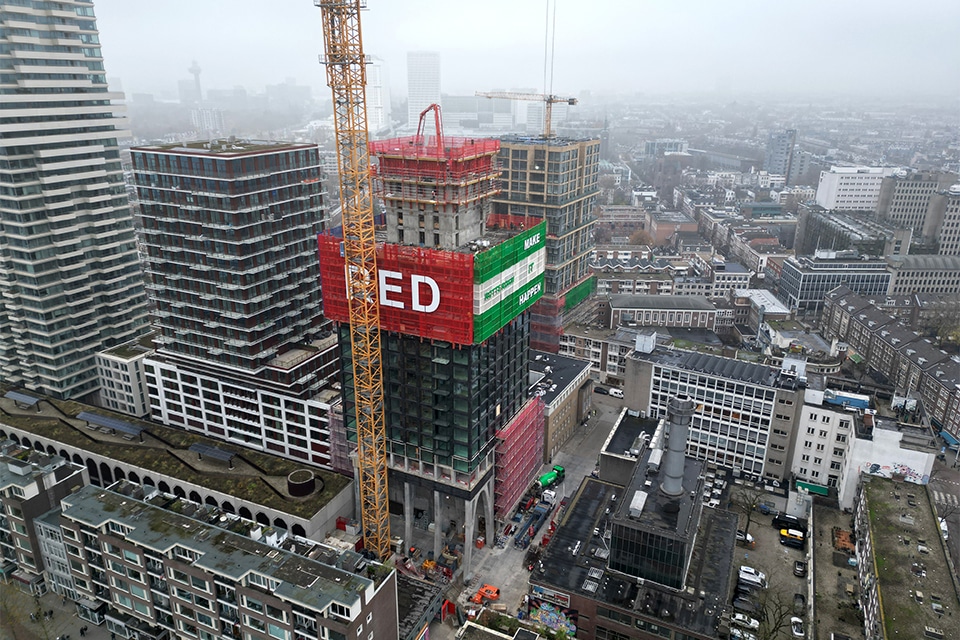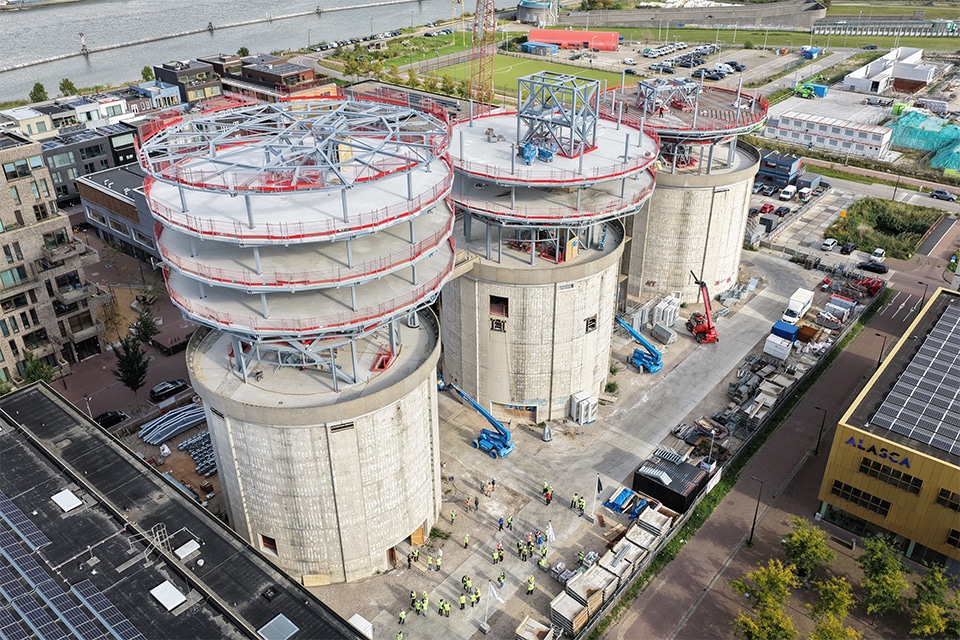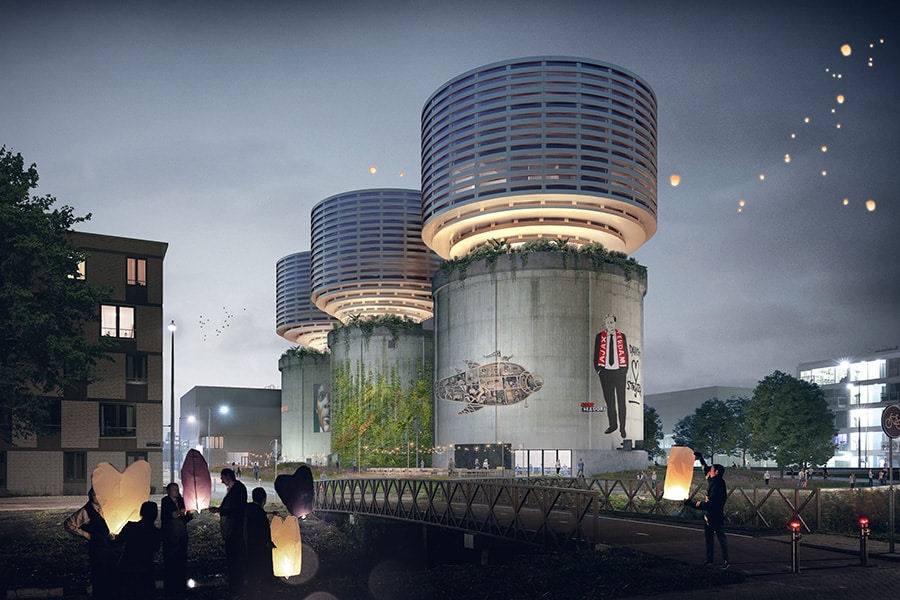
Divers at work: invisible but indispensable at PALLAS reactor
During the construction of the PALLAS reactor in Petten, Aquatech Diving BV's underwater work is playing a crucial role. Steven Spanhaak, owner of Aquatech, explains how his team of specialized divers became involved in this special project.
PALLAS is the new nuclear reactor for medical isotopes that will replace the old High Flux Reactor (HFR) in Petten in the future. In the future, PALLAS will be the site for the production of medical isotopes for diagnostics, therapy and (medical)
nuclear research.
From tender to dive mission
"The project is a nice collaboration with contracting company Bonneveld and BESIX," says Spanhaak. "The construction pit was excavated, but also refilled with water to compensate for groundwater pressure. That's when we come into action. We are the eyes and hands under water."
Aquatech Diving BV specializes in civil hydraulic engineering, from locks and dams to parking garages and quay walls. "Our expertise lies in anything underwater or on the wind-water line," Spanhaak explains. "On this project, we are responsible for inspections, cleaning and supporting the construction crew in places where machines cannot reach." Among other things, the divers check the surface of the diaphragm walls and assess the drilling for the foundation piles. They also check the quality of the underwater concrete.
Working in the dark
One of the challenges Spanhaak and his team encounter more often while working in construction pits is a lack of visibility. "While excavating the construction pit, a kind of soup of fine dust particles and water is created," says Spanhaak. "We then have to work completely by touch." During the final dredging, a polymer is added to the water, which binds to suspended particles. "This makes it settle faster. That's how we did get some visibility in the last phase."
With or without visibility, Aquatech Diving's divers know their way around underwater well. "As a diver, you take the construction plans in your head and create a 3D image, so to speak. For example, we check the soil profile and inspect the foundation piles. In the initial phase, we come to inspect preventively once a week."
Deep diving with nitrox
Although the work is cutting edge for Spanhaak's team, the construction pit of the PALLAS reactor, with a depth of 21 meters, is deeper than most projects Aquatech Diving BV works on. "We often dive in parking garages or locks, usually around 15 meters deep," Spanhaak says. To increase dive time, the team used nitrox, a breathing gas mixture with a higher oxygen content. "With regular air you can work at this depth for about 40 minutes, but with nitrox we achieved almost an hour of effective working time," Spanhaak explains.
Strict controls and unique challenge
Extra stringent measures apply at a nuclear reactor. "With any project, you want everything to be right down to the last detail," says Spanhaak. "But here the inspection plans are even stricter. Of course, you're talking about nuclear energy and atoms. That has to be impenetrable and you want to be able to guarantee and demonstrate that 100 percent."
And now?
The foundation of the reactor is now dry and construction can begin. But Aquatech Diving is not finished yet. "Later this year, we will start working again on the cooling water building," says Spanhaak. For Aquatech Diving, this was another special project. "When will a new research reactor be built? The last one was 50 years ago."




